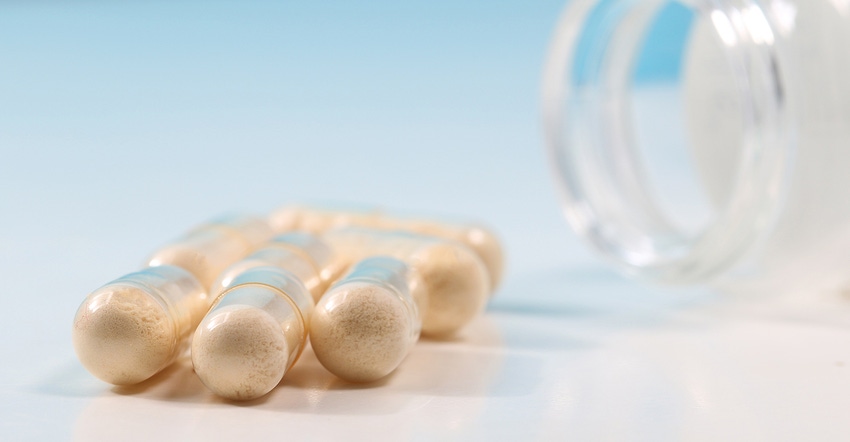As living microorganisms, probiotics require extra care—from transportation, storage and processing to ensuring viability through shelf life and consumption.
November 9, 2020

As live microorganisms, probiotics face the unique challenge of needing to stay alive and well-populated when they reach the point of action to achieve targeted health benefits. With this clearly established end goal, these products must protect the integrity of probiotic colony-forming units (CFUs) during:
fermentation
formulation and processing (such as ingredient interaction and other physicochemical conditions)
transport
storage (at every point prior to reaching the consumer)
Protecting and maintaining the viability of live microorganisms is a key priority. Various methods for microencapsulation have been used throughout the years, including extrusion, emulsion and high-voltage electrostatics, with identifiable successes and but also limitations. Some significant hurdles have included microbeads with unappealing diameters (too large) and shape, as well as challenges with scaling to an industrial level (Int Dairy J. 2003;13[1]:3-13).
A 2019 clinical study looked into microencapsulation of S. boulardii and E. faecium via emulsion and internal gelation methodology in an effort to create smaller microbeads with sustained efficacy, smaller diameter and improved scalability (J Food Sci Technol. 56:1398-1404). The study showed that while the microbeads showed slightly wrinkled surfaces and mild expansion, they remained intact and non-leaking. The study also demonstrated positive results regarding probiotic protection from high temperature and humidity, as well as in vivo conditions.
Beyond microencapsulation, other methods of delivering efficacious dosages of live bacteria are available. For instance, spore-forming probiotic strains can tolerate variations in cold and heat, as well as production and digestion extremes, making them perfect for use in beverage and food applications. They can also be used in shelf-stable capsule formulations, as opposed to supplement products requiring constant refrigeration.
Dual-chamber capsules are an alternate option, as are various coating technologies.
Newer in gaining attention—but mentioned almost a decade ago in a 2011 study in the journal Genes & Nutrition—postbiotics are another interesting market development (6[3]:261-274). Also known as paraprobiotics and loosely defined as nonviable microbial cells resulting from probiotic culturing, these “ghost probiotics” could be used in the future alongside probiotics in food and beverage formulations to increase effectiveness, or they might find their own niche.
To read this article in its entirety, check out The probiotics era – digital magazine.
By trade, Corrie Drellack is a content expert and consultant, by heart she is a family-driven, farm-loving, natural products obsessed visionary. Whether it’s fresh dirt or an intriguing write-up she’s digging her hands into, Drellack finds great joy in staying connected to the two sides that help to make her life whole. Since her tenure leading Agropur’s marketing and communications initiatives, she has pivoted her focus toward bolstering customer engagement and spreading knowledge to others via her brand communications business, Content KTL. She can be reached at [email protected].
About the Author(s)
You May Also Like




.png?width=800&auto=webp&quality=80&disable=upscale)